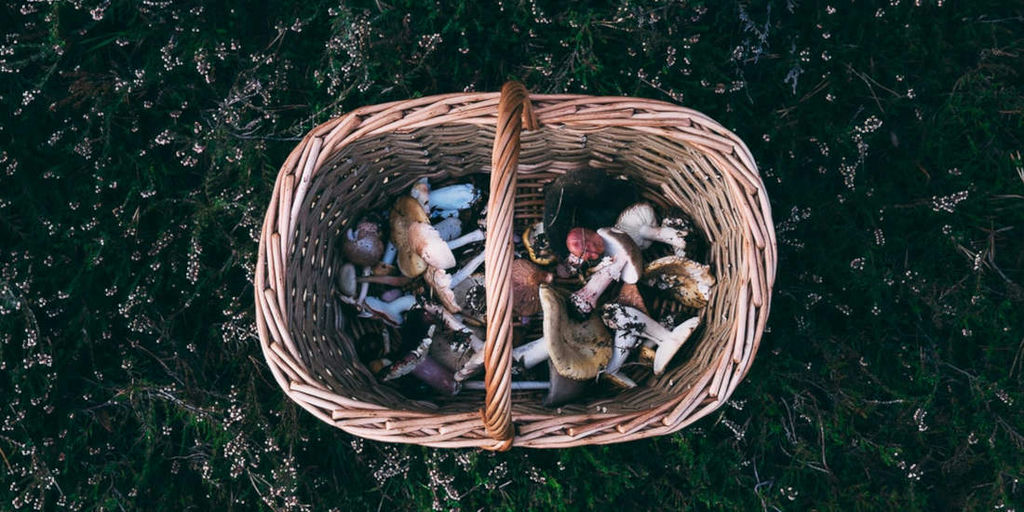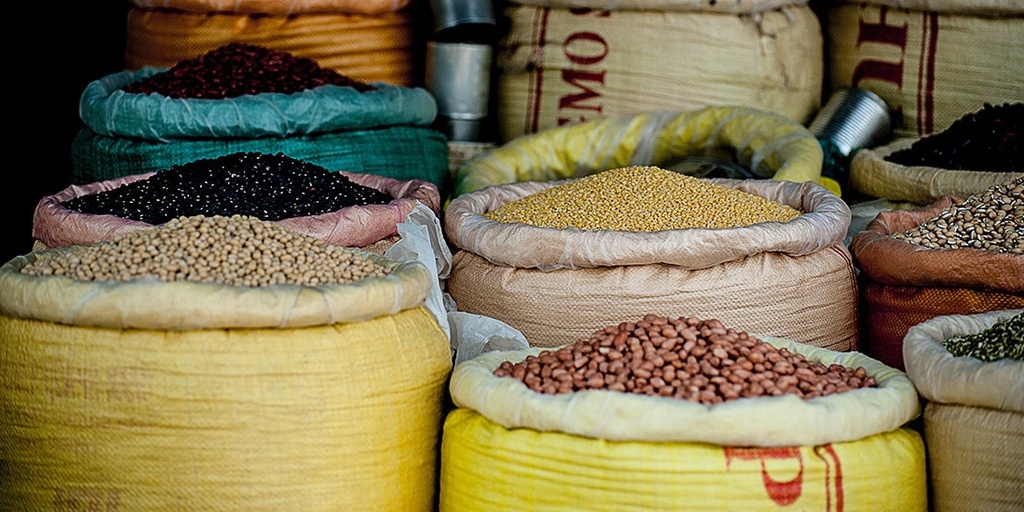Try foraging
- Earth Points
- 5
- Ease
- Medium

Photo by Annie Spratt on Unsplash
Description
Foraging is fun and a useful hobby. Your natural environment can be full of edible plants like berries, flowers, leafy greens, and nuts. It is also a great way to use plants to decorate your house sustainably. Go forth and explore the world growing around you!
There are many benefits to foraging when it is done responsibly. For example, it offers a fun way to eat by using things already growing in your area; it is nutritious, it gets you outside, and not to mention it is entirely free! Here are a few tips to help you get started!
Tips
• Do your research! Make sure that you know and follow any foraging rules in your area. Not trespassing onto private property is usually the biggest issue. Try to find a foraging book, website, or group focused on your local area. There are a wide range of websites dedicated to foraging online to help you get started on the journey.
• Check out the website Falling Fruit and its map of over a half-million foraging sources around the world. It is a massive, collaborative map created by users who are actively exploring, editing, and adding to the map. You may discover some tasty options nearby! The web version is free and the mobile app version is available for purchase.
• Naturally, washing plants thoroughly before consuming them is good practice.
• Only take what you need; always leave some for wildlife and other foragers. No need to waste!
• Just take the top parts of the plants and avoid uprooting. This allows the plant to continue growing so you can return for more another time. To help, bring a knife or gardening scissors along with you so that it is easier to cut the plants.
• Gloves are handy protection if you plan on foraging plants like nettles or blackberries. A basket or bag to store your finds until you get home is helpful as well.
• Of course, ensure that you identify plants correctly and avoid eating unsafe plants. A foraging identification book or researching online is a great place to start. If you are not certain about something, leave it alone.
Here are some plants that are commonly found in many parts of the world to start you thinking about foraging options:
• Spring: Dandelions can be baked into cookies or made into honey. The leaves can be used in salads or made into pesto.
• Summer: You can find blackberries, raspberries, and wild cherries to eat. Or you can gather chamomile, which can be dried and used in tea.
• Fall: You can find sweet chestnuts to roast and eat. These are easily identifiable from horse chestnuts, which are not edible.
• Winter: Pine needles are not edible; however, they can be infused into white vinegar and diluted with water for a scented all-purpose cleaner.
Have fun with foraging, join up with friends, and enjoy the hunt!

